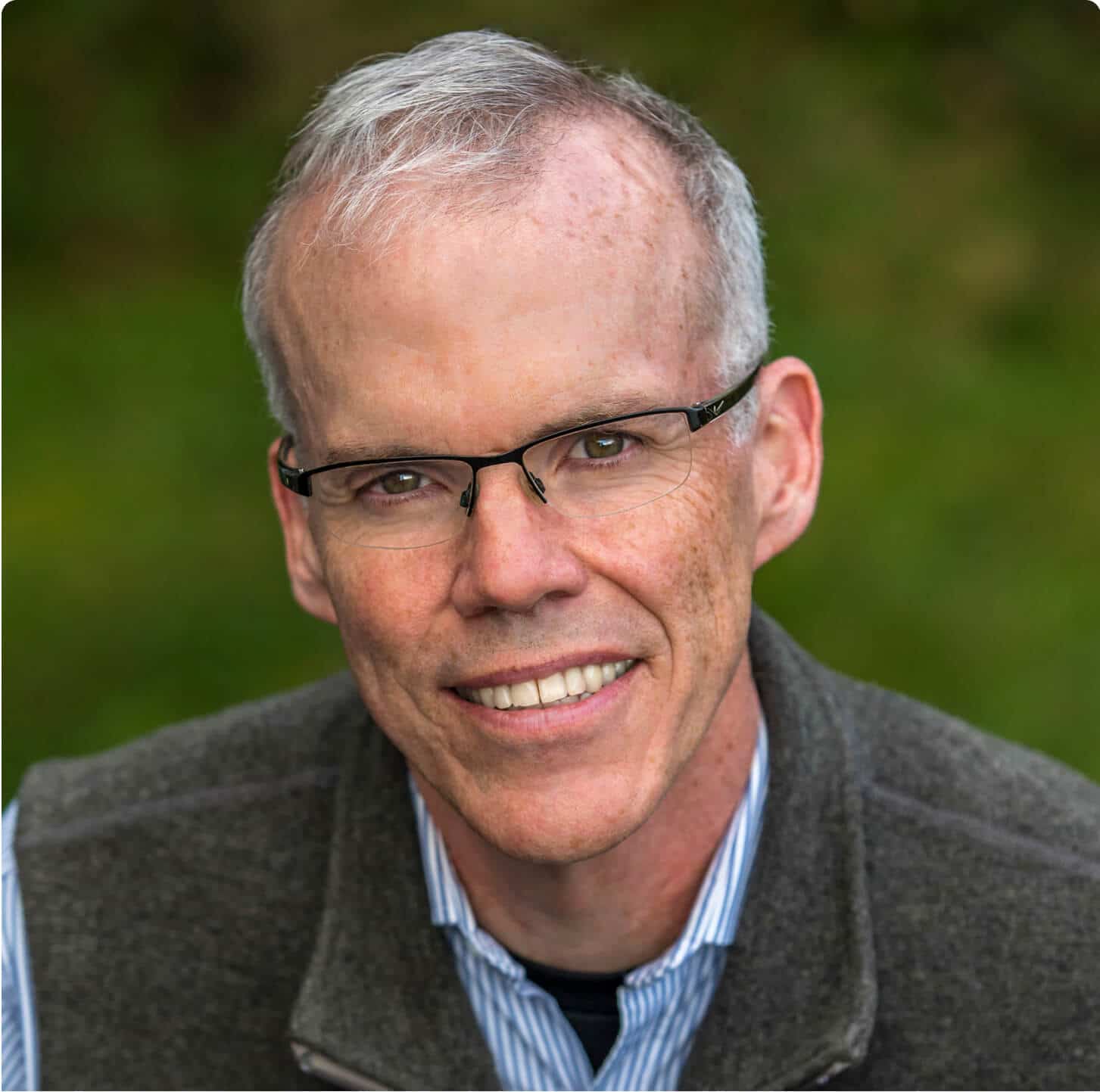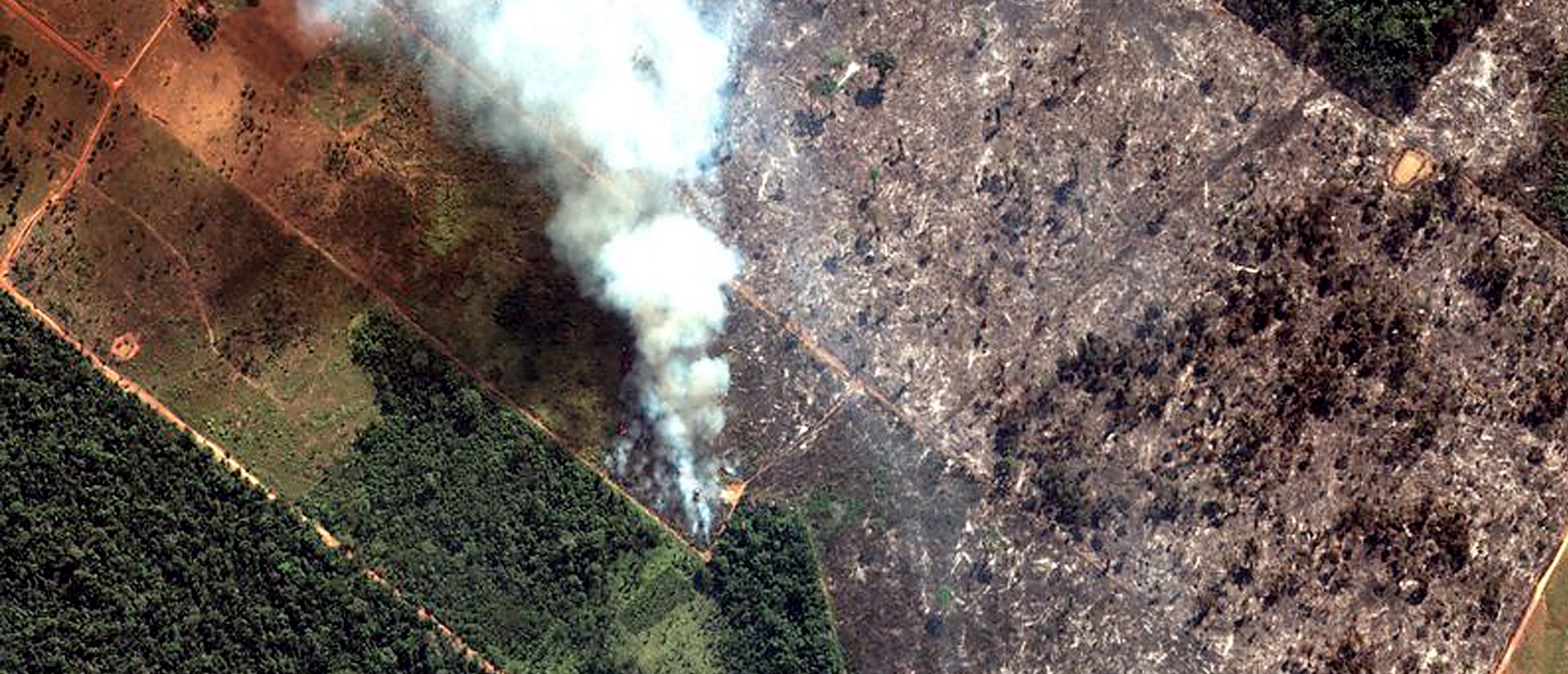The Amazon Rainforest Is Burning
The world is reacting in fear and outrage right now at the sight of what’s happening in the Amazon. NASA satellites show huge plumes of smoke drifting up from the burning forest; in Sao Paulo, the biggest city in the western hemisphere, night fell at 2 p.m. earlier this week when the smoke blotted out the sun.
Presiding over this debacle is the South American equivalent of Donald Trump, a blighted man named Jair Bolsonaro who won the presidency last year amidst rampant corruption and nationalism. He’s encouraged ranchers and loggers to “open up” the Amazon, and the flames are the natural result, as they burn the forest to create new pasture land for cattle or fields to grow soy. When challenged, he’s insisted that environmentalists must be setting the fires to make him look bad.
But of course he must be challenged, and by all of us — the Amazon is one of the most important physical features on the planet, as key to our continued survival as the polar ice caps or the great oceans. Its vast sea of trees breathes in carbon dioxide and breathes out oxygen, creating as much as a fifth of the planet’s supply. Read that again — it accounts for every fifth breath you take. If you burn down the forest, you make it impossible to deal with climate change.
And so it’s good news that around the world (with the obvious exception of the White House), national leaders are demanding action. They should; what happens in the Amazon travels fast, affecting every place on Earth.
Of course — and here’s the rub — the same could be said for lots of things. Think about the great carbon deposits of North America — the Powder River Basin coal of the Dakotas, the massive Permian or Marcellus oil and gas deposits, the tarsands of Alberta. If we dig these up and burn them, we make it impossible to deal with climate change. And that’s just what we’re doing, of course — the U.S. has now become the largest producer of hydrocarbons on planet earth, passing Russia and Saudi Arabia, a strategy that President Obama called “energy independence” and that Trump, a far cruder man, calls “energy dominance.”
Call it what you will, it does damage on the same kind of scale as those fires in the rainforest. If you burned all the economically recoverable oil in Canada’s tar sands, the concentration of CO2 in the atmosphere would go from its already much too high 410 parts per million to over 540 parts per million. From one patch of ground in one province. That’s why people have worked so hard to block the Keystone XL pipeline, and Line 3 and Line 5 in the upper Midwest, and the TMX pipeline across western Canada. It’s why so many of us have been to jail. Because we understand physics and chemistry enough to know that everything’s connected. What happens in the Amazon matters to Americans. What happens in Alberta sets fires in California. What happens in Texas floods people in India.
All of this explains why, on Sept. 20, the largest day of climate action yet will take place on every corner of the planet. Following the lead of Greta Thunberg and innumerable other youth climate leaders, adults will join for a day in the climate strikes that have galvanized the world this past year. Athletes and chefs, bus drivers and college professors — millions of people will be taking part of the day off to join in this worldwide protest, organized at globalclimatestrike.net.
The worldwide part is critical. The climate crisis is the ultimate reminder that, like it or not, we’re all hitched together. When you cut down the Amazon or dig up the coalfields of Montana, you’re messing with the future of the entire planet. And it’s time for the entire planet to say no.

